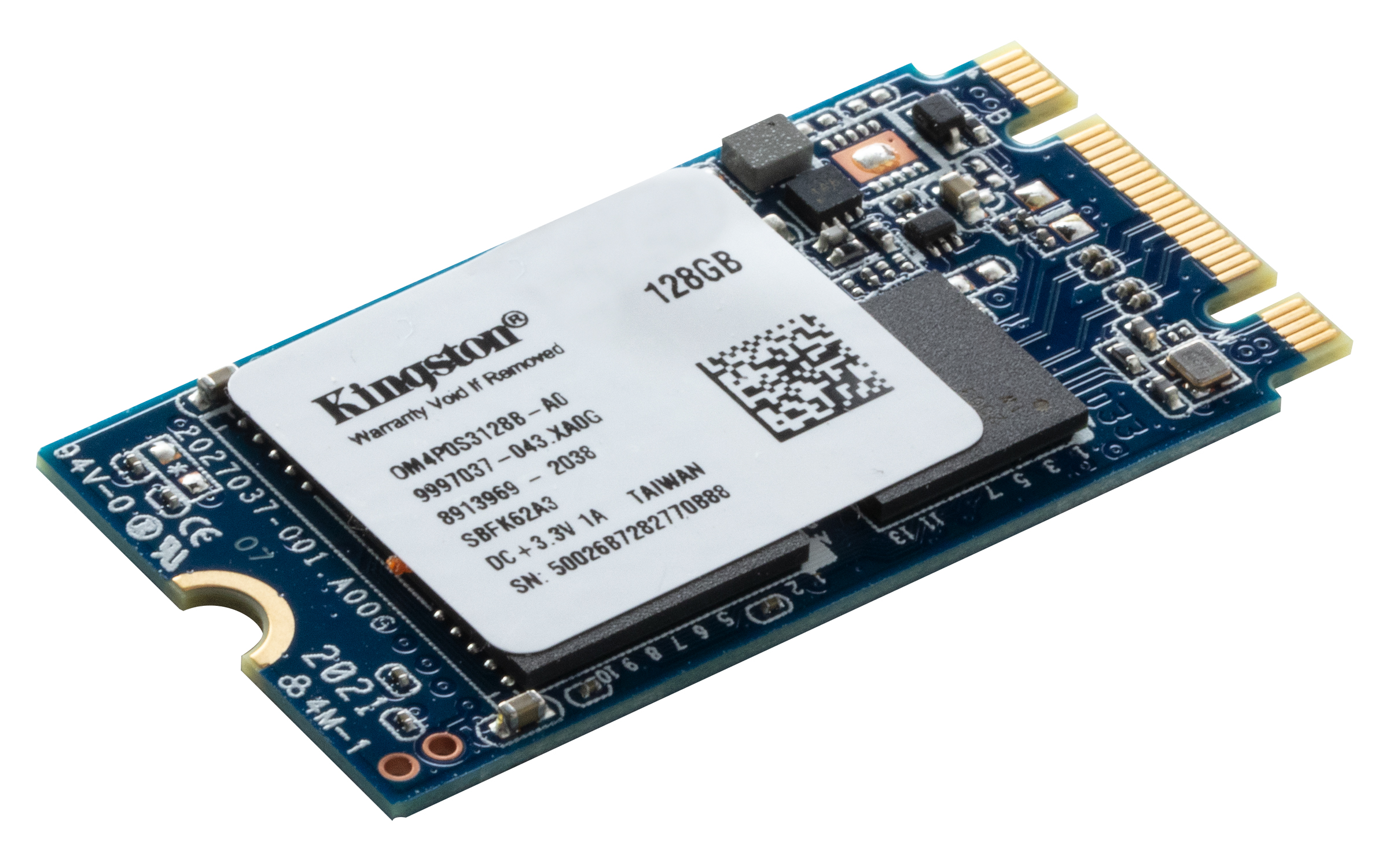
These are ordinary, non-custom SSDs.
I often have to deal with all sorts of storage media, both purely custom and corporate. Accordingly, you need to be aware of more or less trendy things in the market for hard drives and SSDs. I collect some data from publicly available sources, I fish out something directly from manufacturers.
The Kingston blog recently posted an article about their new SSD customization program, called Design-Inn SSD, and I decided to find out some of the details. Under the cut - what we managed to collect.
What kind of program is this?
It makes it possible to customize the characteristics of the SSD according to customer requirements. The program includes stages from design to release of the drive "in the flesh", and the characteristics and capabilities can be very different.
Customization of "hardware" for the needs of the customer in modern conditions is a common thing. Chinese manufacturers, for example, can design and manufacture printed circuit boards of any configuration and complexity. It is more complicated with drives - here usually only the brand changes, but the elements of drives from different manufacturers are approximately the same, since there are not so many suppliers of these elements.
What's the problem with conventional SSDs?
In general, before everyone was happy with everything, in most cases, business, technology companies used standard drives for user devices. But over time, it became clear that this option is not suitable for everyone.
Manufacturers faced certain difficulties. One of the key problems is the inability to control a set of key components, including memory chips and controllers. Even within the same drive part number, it often happens that the set of components for seemingly identical devices is different.

NVMe SSD M.2
If this is normal for the user, then the developers have problems. For example, when installing conventional SSDs in high-precision, highly sensitive systems, malfunctions often occurred. Precisely because such systems were designed for one set of components in an SSD, and it could turn out to be completely different.
In addition, when using standard SSDs, sometimes a situation arises when you have to buy drives of different models from different vendors. Simply because the warehouse or the seller does not have the required number of drives of the same model of the same vendor. It turns out a whole zoo of drives, which is quite difficult to keep track of, since different models have different characteristics and capabilities.
Drive customization and change tracking
The new program seems to solve all these problems. So, for projects that need to keep the hardware unchanged, SSDs with identical characteristics are offered. They do not change, even if you buy a similar model after 2, 3, 4 years. This was achieved thanks to the fact that the design and development of drives are controlled by the same team.
Fixed firmware and BOM are created that have not changed since development. All this is important for long-term projects that are sensitive to changes in hardware and firmware. The storage market is developing very quickly, so in a normal situation, it is difficult to find drives of the same model that were used at the very beginning after a year. This is not to mention a longer period - for example, five years.
Any changes made at the request of the customer are monitored and documented. In addition, prequalification is performed before mass production starts.

Almost any modern form factor can be developed, from SATA SSDs to NVMe SSDs, which are most often used by designers and system developers. There is also an option with a BGA format, when NVMe chips are simply soldered onto the motherboard. In terms of storage capacity, options are available from 64 GB to 512 GB. They also promise a terabyte version, but it will appear later. The company also said that they can develop drives with unique characteristics with the appropriate firmware. In the course of work, complete documentation is provided.
In this case, the customer can change:
- SKU number.
- Firmware.
- SMART attributes.
- / « SSD».
An example is the creation of long-lived SSDs that are used in video recording. If we are talking about 64 GB systems, then a 256 GB module is used, where the active area is 64 GB, the rest of the space is used to replace the failed drive cells.

NVMe BGA SSD M.2
About a year ago, the company took advantage of its own experience in customizing drives during the development of the HyperX FURY 3D line. These are game drives. It was based on standard SSDs, which had a modified firmware, improved memory control, resulting in a gaming SSD.
Modified controllers are installed in all models. They automatically "level" drive wear, perform garbage collection, and support other functions for managing NAND flash memory.
Where can all this be applied?
The range of use of customized SSDs is very wide. They can be used in:
- Development of all sorts of systems like drones and robots.
- POS terminals.
- Video surveillance systems.
- Digital kiosks.
- Network devices.
- Medicine.
- IoT.
- Charging stations.
In all these areas, the hardware requirements are quite strict, so the ability to control various elements, including SSDs, is very useful. It is even possible to bind drives of one model to your equipment - other systems simply will not work. This is necessary in cases where very high accuracy of the equipment is required.
In general, this is all - there is still a lot of information, but a lot is available in the publication of the company itself. If you need to find out something - ask questions, I can either ask the company representative to answer, or I find out the information and unsubscribe.